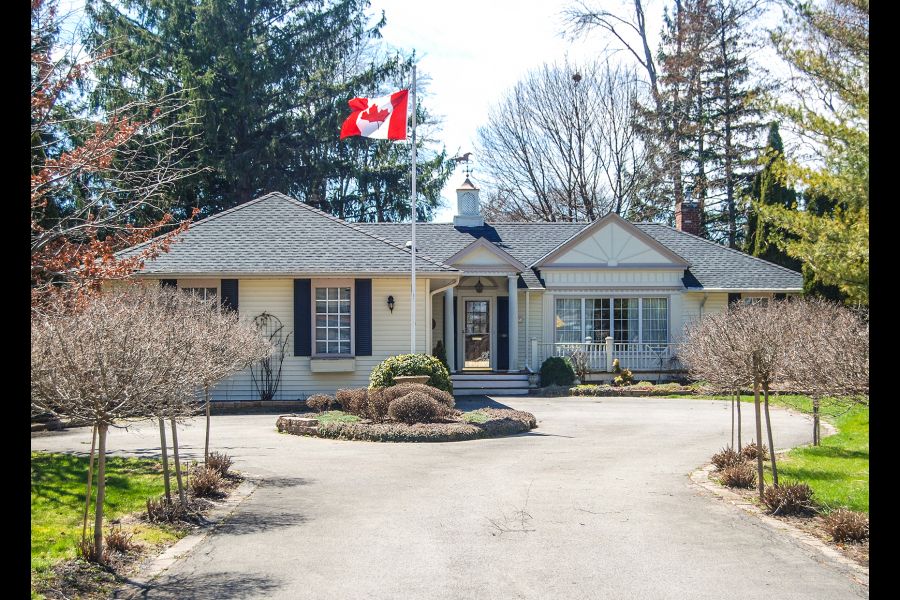For more than two decades in the mid-20th century, the Ranch bungalow had reigned supreme as the architectural style of choice. The sprawling single-storey design with its inside/outside entertaining transitions was ideally suited to the lifestyle of the middle- and upper-middle class of the period.
Despite the premium pricing charged by builders (largely necessitated by the wide 75- to 100-foot lots required by the Ranch) and competition from the lower-priced split-level variants to the style, consumer demand remained high.
The only issue buyers had with the Ranch was its modest facade. The relatively low-pitched roof with its deep, overhanging eaves hunkered down over the single-storey walls which, while creating strong integration with the landscape, were quite understated.
While the public loved the liveability of the Ranch, many felt that it did not present a success statement equivalent to its cost. In short, it grew to be viewed as kind of boring.
To satisfy this buyer segment, architects leaned heavily into the early 20th century Eclectic expressions (evocative of earlier traditional styles: Spanish, French, Tudor, Colonial Revival & Neoclassical) and responded with designs of Ranch functionality that sported “decorated” facade, gable and roof elements. Hence the Styled Ranch was born.
Consider our accompanying photo, which shows a Styled Ranch with all the bells and whistles on a typical town lot. The cross-hipped roof is broken by a Neo-Classical front gable, its pilasters embracing the picture window.
The pedimented portico supported by fluted columns echoes the gable. The garage is proud of the facade and sideloading, which allows it to push back or blend with the house itself while its hipped roof lines enhance the portico and gable through repetition. In all, a classic Ranch with curb appeal.
As the Styled Ranch evolved, designers introduced greater variations on the original Ranch parameters. If, for example, one wished to recall Colonial Revival with shouldering wings and a colonnade on the centre massing, it was necessary to increase the height (pitch) of the roof ridge.
These types of variations, in gradual steps through the late 1970s and 1980s, moved the appearance of the Styled Ranch away from its Ranch predecessor and laid the ground-work for today’s bungalow.
The unfortunate Millennium Mansion (sometimes known as McMansion) craze of the 1990s shifted popular consumer opinion toward several design inclusions, which designers subsequently incorporated into their bungalows and can still be seen in current new builds.
Builds that are no longer a Ranch and stylistic orphans.










